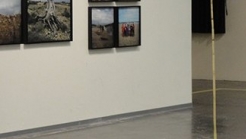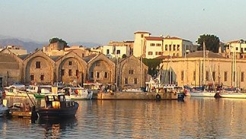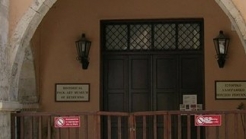

Greece
The museum was founded in 1967 and opened in September 1993. Housed in a building that exemplifies local traditional architecture and developed at two levels.
The museum was founded in 1967 and opened in September 1993. Housed in a building that exemplifies local traditional architecture and developed at two levels. Part of the building was built during the Venetian rule, and the floor was during the Turkish domination. As the residence until the end of the last century. The Community Gavalochorioy was donated by the couple George and Mary Stylianaki.
The report of the items is in accordance with the modern museum perception, with explanatory texts, photographs, drawings, mock-ups and enriched each year with new exhibits. Includes 7 rooms for the following sections: “Κamarospito”, “Silk”, “Ceramics”, “Κοpaneli”, “Petrades-Lithoksoi”, “Church, woodwork and metalwork”.
Located in the historic part of the museum’s exhibits are weapons and swords by the protracted games of Cretan for freedom, small part of painting tables and historical does, in which documents are displayed the most important events in Greek and Cretan history. Currencies Roman, Byzantine, Venetian, Turkish, Cretan State and currency of Syracuse (405-345b.c. ). Also,medals of locals residences, that gained in battlefields.


The old venetian building that was at the beginning of the 20th century one of the first industrial areas of the island, it is now a modern Museum space high standards.


How can someone describe Chania? The narrow streets of the old town, its’ center, its’ quarters, the smell of the multicultureness throughout the centuries. Noone can conquer it completely.


The Historical and Folklore Museum of Rethymno is housed in a 17th century Venetian mansion.
1039 Ε 6061 01515 00